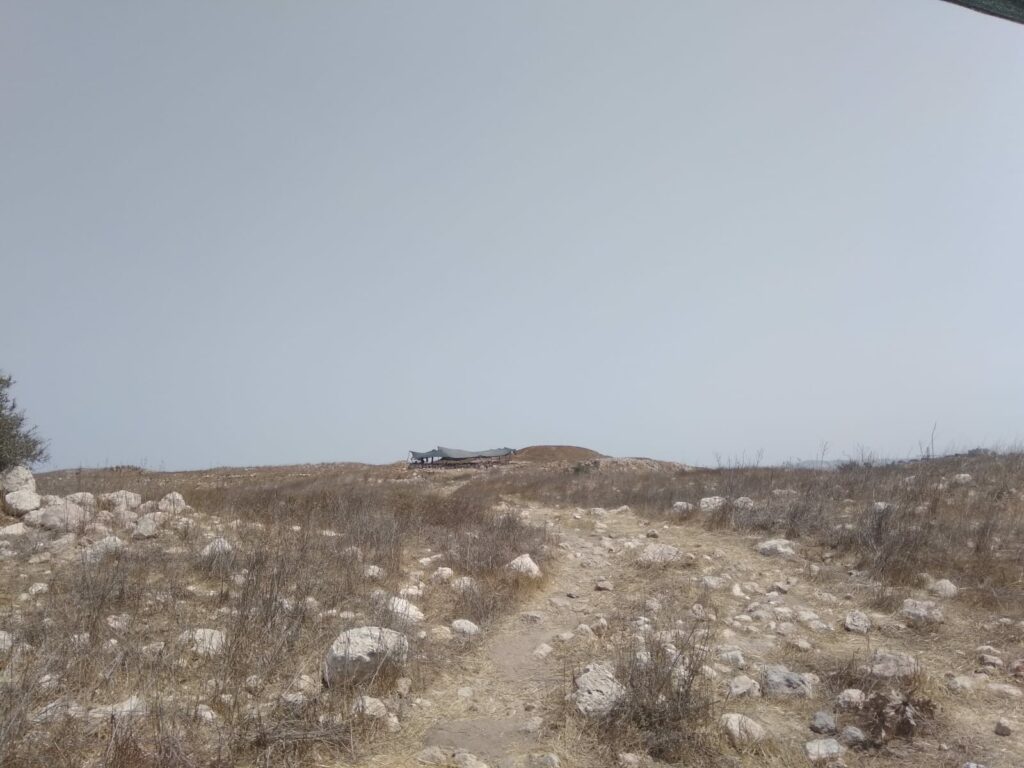Location
Tell Beit Mirsim is an archaeological site from the Bronze and Iron Ages, located at the junction of the hill country and the Shephelah. It is approximately 25 km north-northeast of Beersheba and 20 km southwest of Hebron. The site stands at an elevation of 497 meters above sea level and covers an area of about 7.5 acres, making it the largest in its vicinity.


Identification
The site was first examined by W. F. Albright in 1924, who proposed identifying it with the biblical city of Debir (Kiriath-Sepher). This identification was reinforced by Albright’s excavations between 1926 and 1932. However, this identification has been questioned in later years, with some scholars suggesting alternative locations for Debir.
Historical Context
The site’s historical significance is tied to its occupation during the Bronze and Iron Ages. It provides insights into the cultural and political dynamics of the region, especially in relation to the Hyksos dynasties, Egyptian influences, and the biblical narratives concerning the conquests and destructions that occurred in the area.
In The Bible
Tell Beit Mirsim has been considered by some to be Debir, a city mentioned in the Bible in the context of the Israelite conquest of Canaan. The findings at the site have contributed to discussions about the historical accuracy of biblical accounts, particularly the destruction of Judahite cities by the Babylonians.
Excavations
Excavations at Tell Beit Mirsim were conducted primarily by W. F. Albright in the 1920s and 1930s. These excavations revealed a sequence of occupation levels from the Early Bronze Age through the Iron Age. The methods used were for their time advanced, focusing on pottery and stratification, although they did not employ the more modern stratification techniques developed later.
Findings
Key findings from Tell Beit Mirsim include:
- Early Bronze Age: Pottery resembling that imported into Egypt during the Sixth Dynasty.
- Middle Bronze Age: Rich phases of town fortification and a patrician house indicating a prosperous period.
- Late Bronze Age: Evidence of occupation with imported goods and a period of abandonment.
- Iron Age: Artifacts confirming the biblical account of Babylonian destruction, including a seal attributed to a servant of Jehoiachin.
- Cemetery: Shaft tombs from various periods, including the Iron Age II, with a wealth of artifacts that have entered the antiquities market.
Sources
Stern, Ephraim-New Encyclopedia of Archaeological Excavations in the Holy Land 4-Israel Exploration Society (1993)

